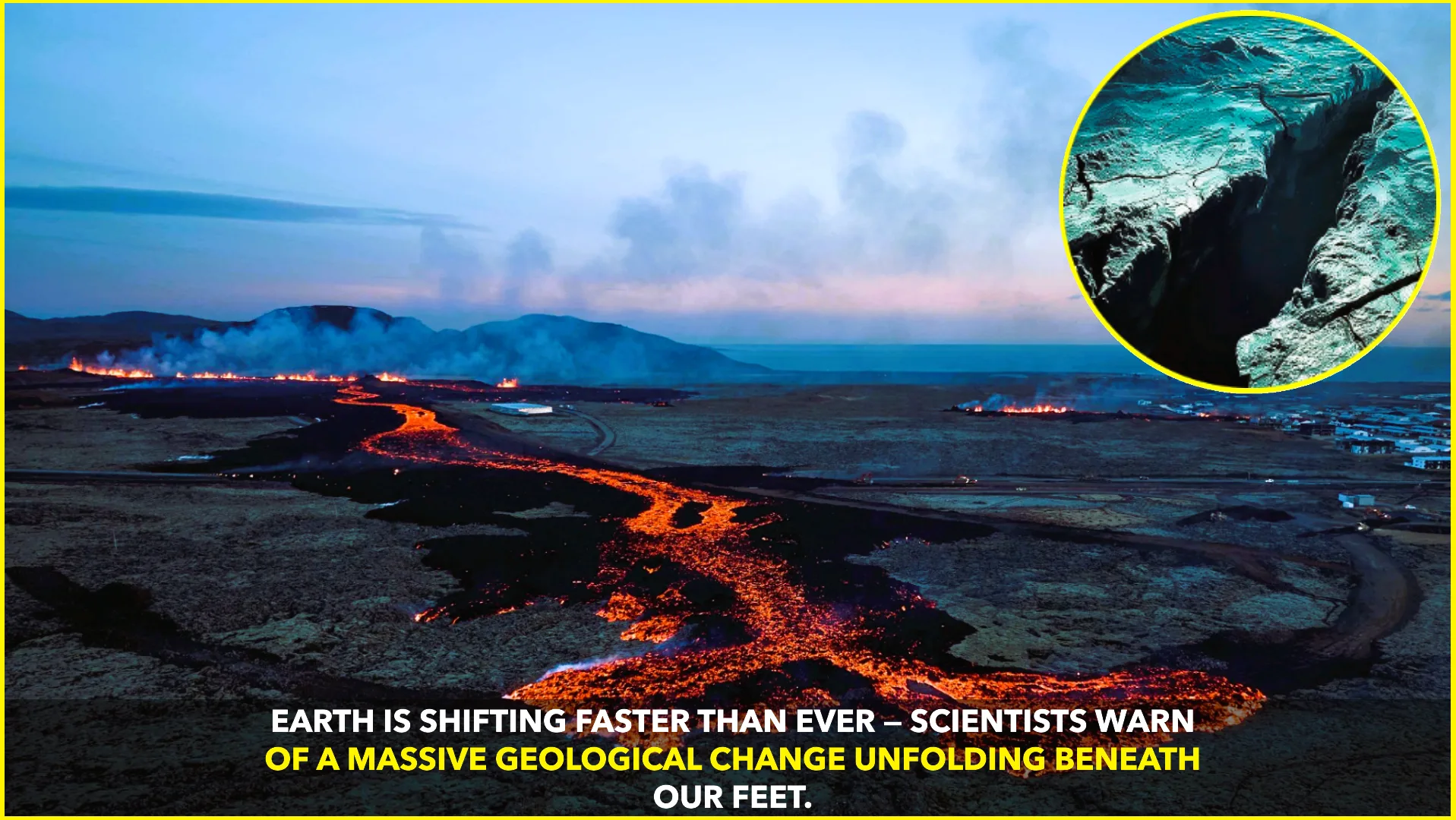Inflation continues to be a pivotal issue in India’s economic landscape, affecting everything from household budgets to the growth prospects of small businesses. As of September 19, 2024, the latest India inflation figures released by the Reserve Bank of India (RBI) have prompted economists, policymakers, and businesses to reevaluate their strategies. In this detailed report, we analyze the current inflation situation in India, explore its effects on different sectors, and provide insights into what households and small businesses can expect in the coming months.
What is Inflation, and Why is It a Concern?
Inflation is the rate at which the general level of prices for goods and services rises, leading to a decrease in the purchasing power of money. In India, inflation is often measured through the Consumer Price Index (CPI), which tracks the prices of a basket of essential goods and services.
A moderate level of inflation is considered healthy for an economy, as it encourages spending and investment. However, when inflation rises too quickly, it erodes the value of money, making everyday goods and services more expensive for consumers. This particularly impacts lower- and middle-income households, which spend a larger portion of their income on essentials like food and fuel. For businesses, especially small and medium-sized enterprises (SMEs), high inflation can increase operating costs, reduce profit margins, and create uncertainty.
Current Inflation Figures: September 2024
As of September 2024, India’s annual inflation rate is hovering around 7.2%, slightly above the Reserve Bank of India’s comfort zone of 4-6%. This marks a slight uptick from previous months, primarily driven by rising fuel prices, increasing food costs, and global economic uncertainties. The central bank has taken note of this inflationary trend and is closely monitoring its impact on the broader economy.
External factors such as global crude oil prices and disruptions in global supply chains have exacerbated the inflationary pressure. Furthermore, the impact of the weak Indian rupee against the US dollar has added to import costs, making essential goods even more expensive for Indian consumers.
For more insights into how the global economy is affecting India’s inflation, refer to our detailed analysis on Global Economic Trends and Their Impact on India.
Key Drivers of Inflation in September 2024
- Fuel Prices: Global crude oil prices have surged due to geopolitical tensions and production cuts by oil-producing countries. In India, this has translated into higher transportation and manufacturing costs, further driving inflation. The cost of petrol and diesel in India has risen by 4.5% in the last three months, placing additional pressure on both households and businesses.
- Food Prices: Unseasonal rains and disruptions in the agricultural supply chain have contributed to a spike in food prices. Essential commodities like vegetables, grains, and dairy products have seen price increases of up to 8% in some regions. This increase is particularly worrisome for lower-income households, who spend a significant portion of their budget on food.
- Rising Import Costs: The depreciation of the Indian rupee against the US dollar has made imports more expensive, particularly for raw materials used in manufacturing. This has raised the cost of production for industries like textiles, electronics, and automobiles, pushing up the final prices for consumers.
Impact on Household Budgets
The immediate impact of rising inflation is most acutely felt by households, particularly those with fixed or low incomes. With inflation pushing up the prices of daily essentials, household budgets are being stretched thin. A family that was previously spending INR 20,000 per month on groceries and utilities may now find that the same goods cost them INR 22,000-24,000 due to price hikes in food, fuel, and electricity.
In particular:
- Food Expenditure: The average household is seeing a 5-10% increase in their monthly food budget. For lower-income households, this can lead to reduced spending on non-essential items, thereby impacting their overall quality of life.
- Fuel and Transportation: With petrol and diesel prices increasing by 4.5%, families relying on personal vehicles for commuting are facing higher transportation costs, which could result in reduced discretionary spending on items such as clothing, entertainment, and dining out.
For more strategies on how households can mitigate the impact of inflation, check out our article on Budgeting Tips During High Inflation.
Impact on Small Businesses
Small businesses are particularly vulnerable to inflationary pressures. Rising input costs—whether for raw materials, fuel, or wages—can erode profit margins, especially for those businesses that operate on thin margins or depend on price-sensitive customers. Let’s break down the key areas where inflation is hitting small businesses the hardest:
- Increased Raw Material Costs: Small manufacturers are finding it increasingly difficult to absorb the rising costs of raw materials, such as metals, textiles, and agricultural products. For example, the cost of steel has risen by 6% since June 2024, impacting industries like construction and manufacturing.
- Wage Inflation: With inflation driving up the cost of living, employees are demanding higher wages. While large corporations might be able to absorb these wage increases, small businesses often lack the financial cushion to do so. For businesses in sectors like retail, hospitality, and small-scale manufacturing, rising labor costs are adding another layer of pressure.
- Reduced Consumer Spending: As households tighten their budgets to cope with inflation, small businesses that rely on consumer spending are seeing reduced sales. Restaurants, retail stores, and local service providers are experiencing a drop in foot traffic and online sales, leading to lower revenues.
- Interest Rate Hikes: To combat rising inflation, the RBI has hinted at the possibility of further interest rate hikes. This could raise borrowing costs for small businesses that rely on loans for working capital or expansion. Higher interest rates could also deter new investments, as businesses become more cautious about taking on debt.
For a detailed analysis of how small businesses can navigate inflationary pressures, refer to our guide on Strategies for Small Businesses to Thrive During Inflation.
Government Measures to Tackle Inflation
Recognizing the challenges posed by inflation, the Indian government and the Reserve Bank of India have taken several measures to control the situation. The RBI is expected to maintain its cautious stance on interest rates, with the possibility of tightening monetary policy further if inflation continues to rise.
Here are some key steps taken by the government:
- Monetary Policy Tightening: The RBI is likely to implement more interest rate hikes in the coming months. Higher interest rates aim to reduce the money supply, curb consumer spending, and bring down inflation.
- Subsidies and Relief Measures: To shield vulnerable households and small businesses from the worst effects of inflation, the government has announced targeted subsidies for essential commodities like food grains and cooking gas. However, the long-term sustainability of such subsidies is a matter of debate.
- Supply Chain Improvements: The government is also working on improving the agricultural supply chain to ensure that food prices remain stable despite external shocks. Investments in infrastructure and logistics are expected to reduce wastage and improve the distribution of essential commodities.
What to Expect in the Coming Months
Looking ahead, the inflationary pressures are expected to persist for the next few quarters, driven by external factors such as volatile global oil prices and domestic issues like supply chain disruptions. However, there are also some positive signs on the horizon:
- Stabilization of Fuel Prices: If global oil prices stabilize, the pressure on fuel costs may ease, providing relief to both businesses and households.
- Improved Agricultural Output: With better weather conditions and government intervention in the supply chain, food prices could moderate in the coming months, helping to ease inflationary pressures on households.
- Monetary Policy Adjustments: The RBI’s proactive stance on monetary policy could help tame inflation, but this will likely come at the cost of slower economic growth, particularly for interest rate-sensitive sectors like real estate and automotive.
For more on how government policies could influence inflation in the near future, read our report on RBI Monetary Policy and Its Effect on Indian Economy.
Conclusion
As of September 19, 2024, inflation remains a significant concern for both households and businesses in India. While the government and RBI have introduced measures to combat rising prices, the impact of external factors such as global oil prices and currency depreciation continues to complicate the situation.
Households need to adopt strategies to manage their budgets, while small businesses must look for ways to control costs and adapt to changing market conditions. The coming months will be crucial in determining whether inflation will ease or persist at current levels.
By staying informed and taking proactive steps, both consumers and businesses can mitigate the impact of inflation and navigate the challenges ahead. For ongoing coverage and analysis of India’s inflation trends, visit EpicInfinite’s Latest Economic Reports.










